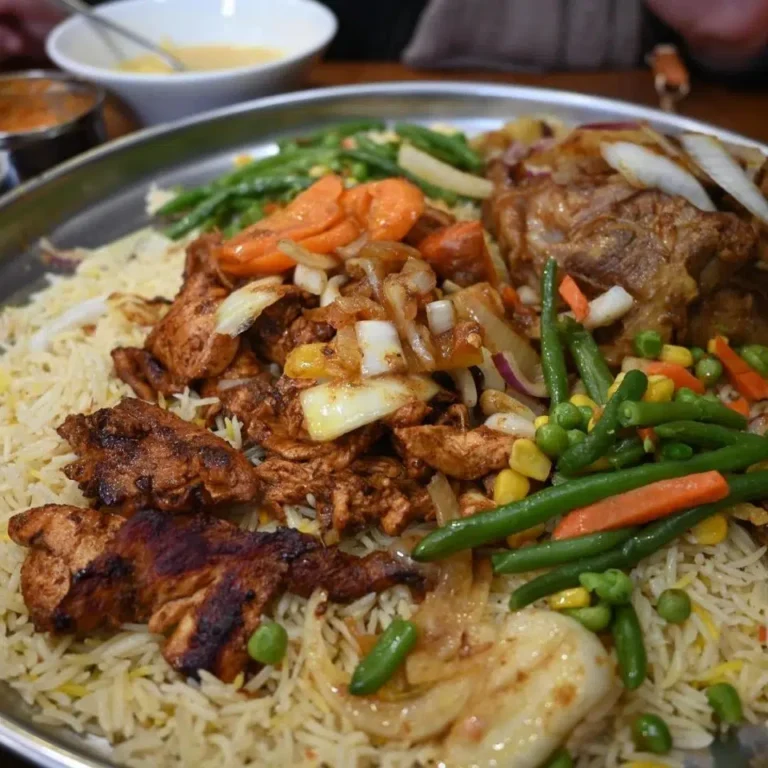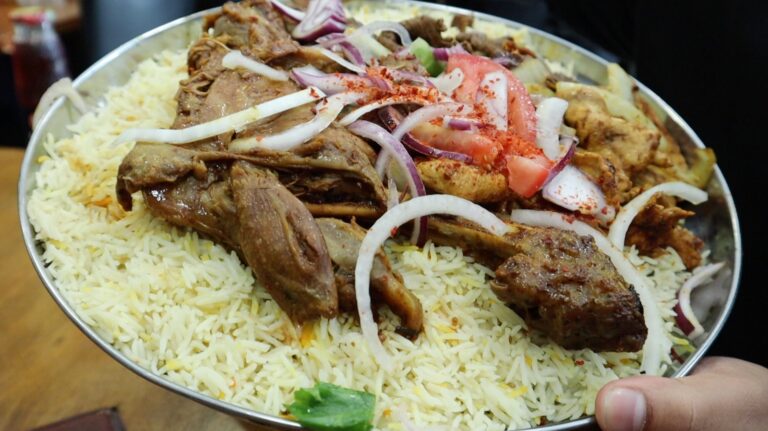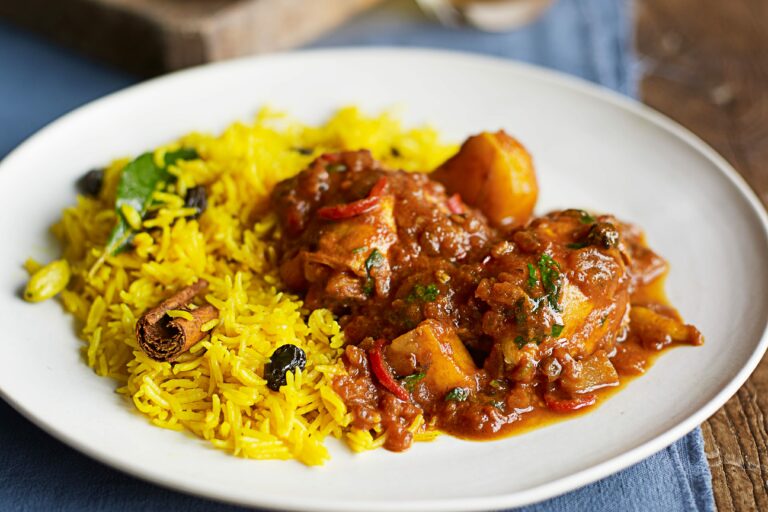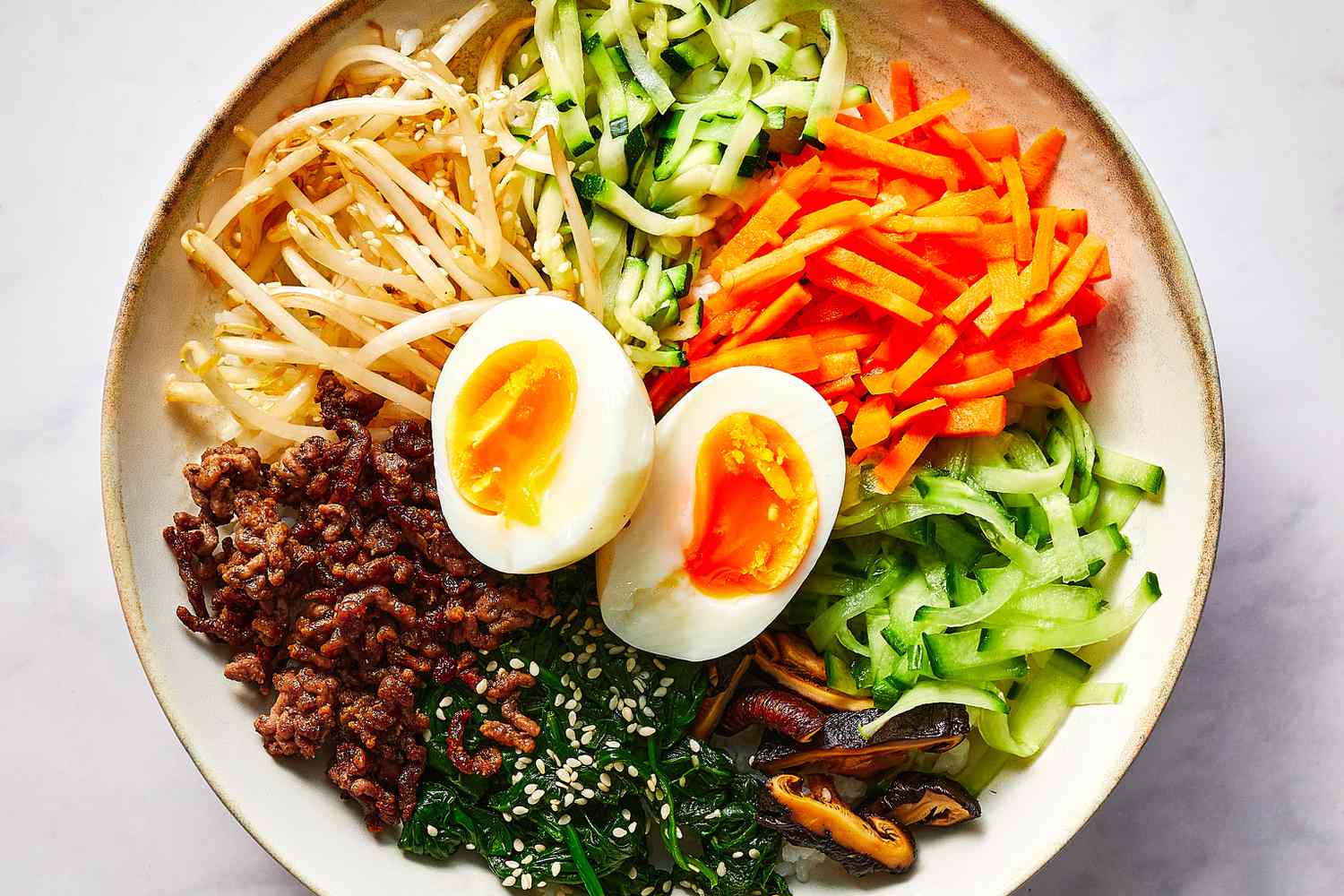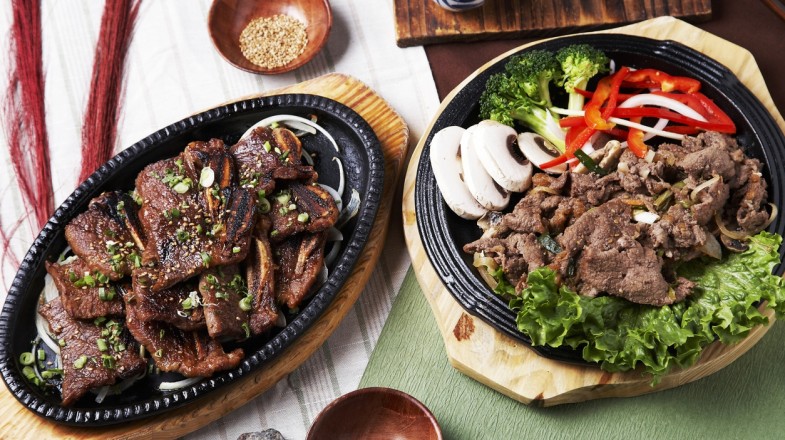Introduction: Somali cuisine and cultural festivities
Somali cuisine is known for its unique blend of spices and flavors, influenced by the country’s geographic location and history. Somali culture is rich in tradition and celebrations, and food plays a central role in these festivities. From weddings to national holidays, Somalia has a diverse range of dishes that are enjoyed during these special occasions.
Eid Al-Fitr: Traditional dishes and sweets
Eid Al-Fitr marks the end of Ramadan, the holy month of fasting for Muslims. Traditional Somali dishes such as sambusa, a fried pastry stuffed with meat or vegetables, and halwa, a sweet made from sugar and flavored with cardamom, are commonly served during this time. Other popular sweets include bur, a type of shortbread cookie, and kashata, a coconut-based candy.
Eid Al-Adha: Meat-based dishes and communal feasts
Eid Al-Adha, also known as the Feast of Sacrifice, is a time for Muslims to commemorate the Prophet Ibrahim’s willingness to sacrifice his son. This holiday is marked by communal feasts, with meat being a central ingredient in many dishes. Somali-style barbecue, or anaga, is a popular way to cook meat during this holiday, with lamb being a favorite option. Other dishes include ari, a type of roasted goat meat, and bariis iskukaris, a rice dish that is often served with meat.
Ramadan: Suhoor and Iftar specialties
Ramadan is a month-long period of fasting for Muslims, and Somali cuisine has a variety of dishes that are popular for suhoor, the pre-dawn meal, and iftar, the meal eaten at sunset to break the fast. Dates, a traditional food to break the fast, are often served alongside a variety of dishes such as xalwo, a Somali-style fudge, and saabuus, a meat or vegetable-filled pastry.
Independence Day: National dishes and festive fare
Somalia celebrates Independence Day on July 1st, marking the country’s independence from Italy in 1960. Traditional Somali dishes such as muqmad, a dried meat, and canjeero, a type of pancake, are often served alongside festive fare such as bariis, a rice dish, and maraq, a spicy vegetable soup.
Wedding celebrations: Rich and aromatic banquet cuisine
Wedding celebrations in Somalia are often marked by a rich and aromatic banquet cuisine. Traditional dishes such as hilib ari, a roasted goat meat, and canjeero, a type of pancake, are served alongside rice dishes such as bariis, and vegetable and meat stews. Desserts such as halwa and kashata are also commonly served during these celebrations.

